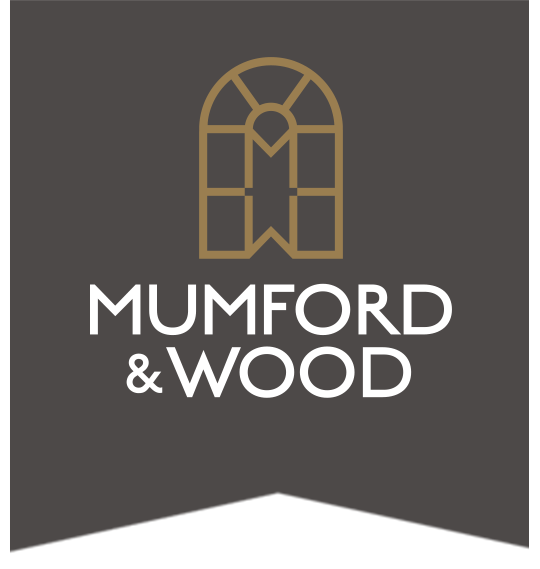
About Mumford & Wood
Leading Manufacturers of Wooden Windows & Doors
Mumford & Wood began its journey in 1954 and has been crafting exceptional windows and doors ever since, combining timeless design with unmatched craftsmanship.
Crafting Excellence Since 1954
The Mumford & Wood story began in 1954 when two skilled woodworking apprentices, Derek Mumford and Dennis Wood, joined forces to form their own business. Starting out with refurbishment projects across Essex, the duo quickly earned a reputation for quality craftsmanship and attention to detail.


Award-Winning and Trusted Excellence
At Mumford & Wood, we are proud to have been recognised with multiple awards over the years, a testament to the consistent quality, premium craftsmanship, and manufacturing excellence that define our products. These accolades reflect not only our commitment to delivering the very best, but also the trust our clients place in us to create lasting results. We are fortunate to have contributed to an extensive range of projects, many of which have themselves been award-winning for their conservation, design, and joinery. This shared recognition reinforces our reputation as a trusted partner, ensuring every project we undertake is delivered with the highest standards of care, precision, and integrity.


Crafting Excellence Through Collaboration
Meet The Faces of Mumford & Wood
At Mumford & Wood, our legacy of exceptional timber windows and doors is built upon the dedication and expertise of our diverse team. From skilled joiners and designers to our attentive customer service and project management professionals, each member plays a pivotal role in delivering the quality and craftsmanship we're renowned for.
Growth and Innovation
As demand for their work grew, Mumford & Wood expanded into larger premises in Ongar, Essex, before moving to their current home in Tiptree during the 1990s. It was here that the company cemented its status as an industry pioneer - becoming the first UK manufacturer to introduce an automated window construction line.

Architectural Focus and Conservation Excellence
With this innovation came greater design capabilities and production efficiency, allowing Mumford & Wood to focus increasingly on the architectural and heritage markets. This led to the creation of the Conservation Range, which includes the industry’s first fully factory-finished, double-glazed sash window, designed to meet the needs of listed and conservation properties.
Mumford & Wood also led the way in recreating traditional Georgian glazing bar styles, combining authentic aesthetics with modern performance.
Today, we continue to honour our founders’ legacy by blending traditional craftsmanship with forward-thinking innovation, delivering beautifully made, sustainable timber windows and doors that stand the test of time.


Expert insight, helpful advice, and a touch of inspiration.
Get In Touch
Whether you’re at the early stages of planning or ready to take the next step, we’re here to support you. Our expert team can offer advice, answer technical questions, or simply help you explore what’s possible. No obligation, no pressure, just a helpful conversation to move things forward.













